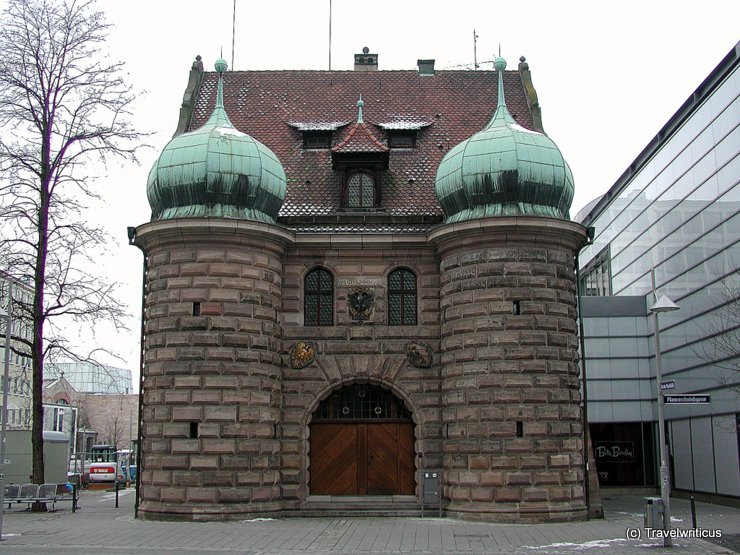
The former armoury (Zeughaus) of Nuremberg saw its construction by Hans Dietmayer in 1588/89. After bomb damage during World War II, a reconstruction finished in 1954/55.
Browse through your travel destination!

The former armoury (Zeughaus) of Nuremberg saw its construction by Hans Dietmayer in 1588/89. After bomb damage during World War II, a reconstruction finished in 1954/55.
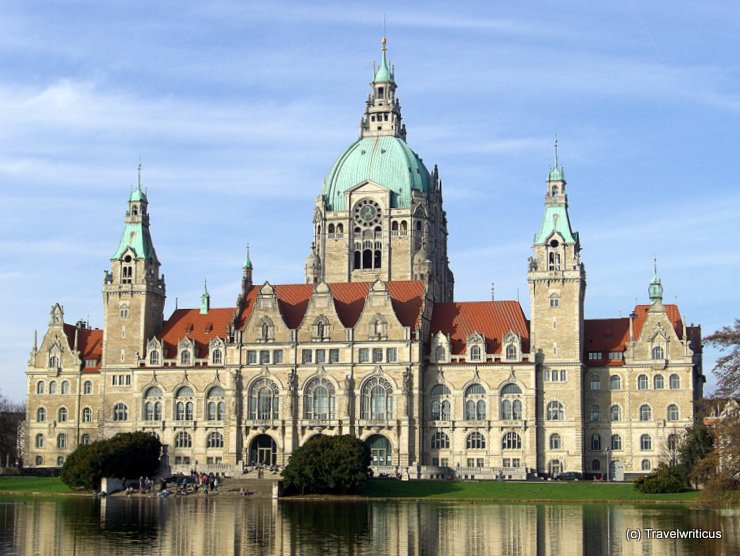
The New Town Hall (Neues Rathaus) of Hanover (Hannover) saw its construction during the era of Wilhelm II in an eclectic style. It opened in 1913. The observation deck in the dome is accessible via a remarkable elevator.
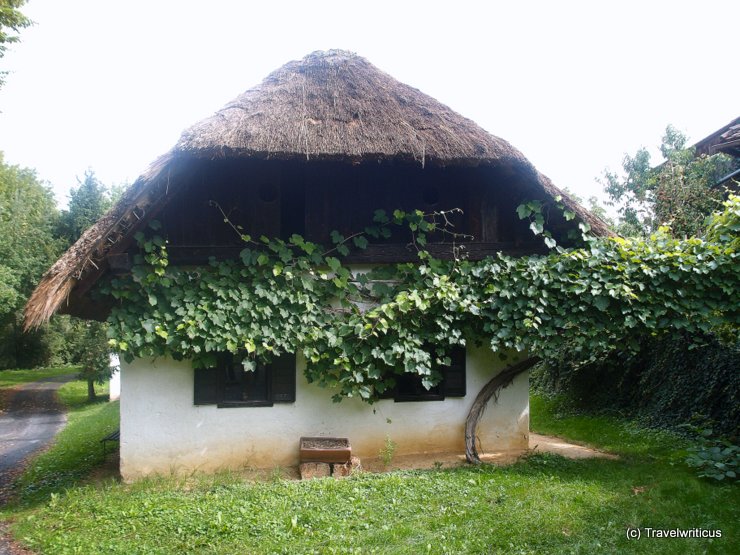
This building, named after the family of Dax who used to live here, is made of mud and roofed with thatch. After founding a kind of artist-in-residence program in Neumarkt an der Raab (Künstlerdorf), it started to be the first studio for the artists.

Following the signs to the old entrance hall of Prague Central Station leads to a gem of Art Nouveau. The nearby Fantova kavárna (Fanta Café) reminds visitors of the architect of this hall: Josef Fanta (1856-1954).
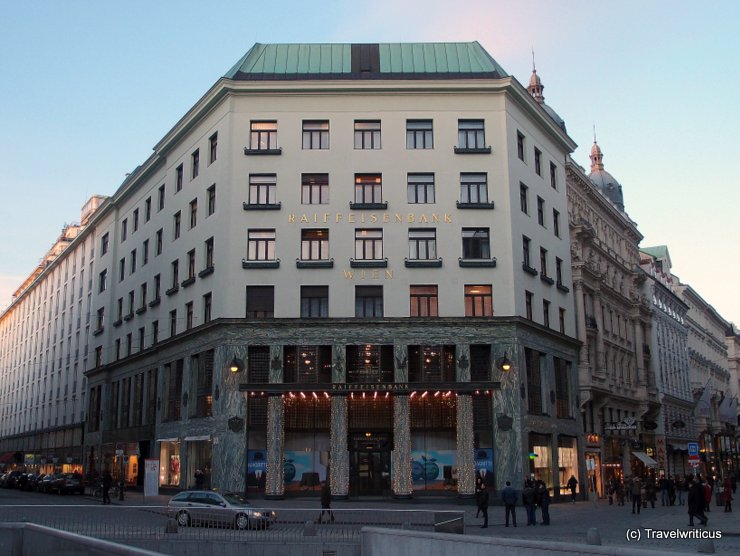
The Loos House (Looshaus) is considered a central work of the Wiener Moderne. The building designed by Adolf Loos saw its completion in 1910. Can you imagine why Viennese people call it “The House without Eyebrows”?
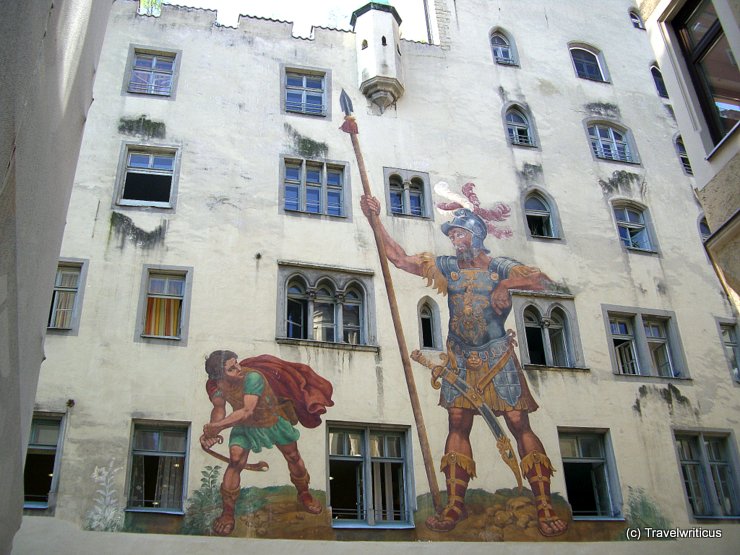
The painting on the Goliath House (Goliathhaus) in Regensburg illustrates the legend of David and Goliath. The mural was created by Melchior Bocksberger in the year 1573.
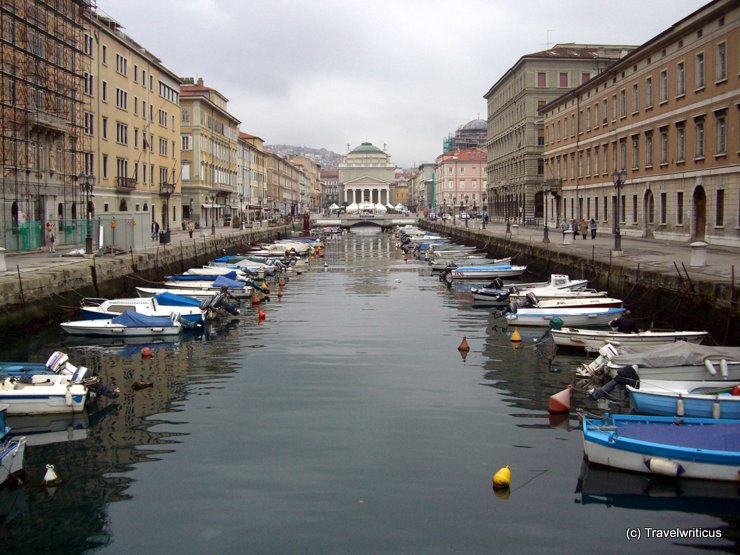
The Canal Grande is the heart of the Borgo Teresiano district, commissioned by the Austrian Empress Maria Theresa. The neoclassical building at the end of the canal is a Catholic Church (Sant’Antonio Nuovo).
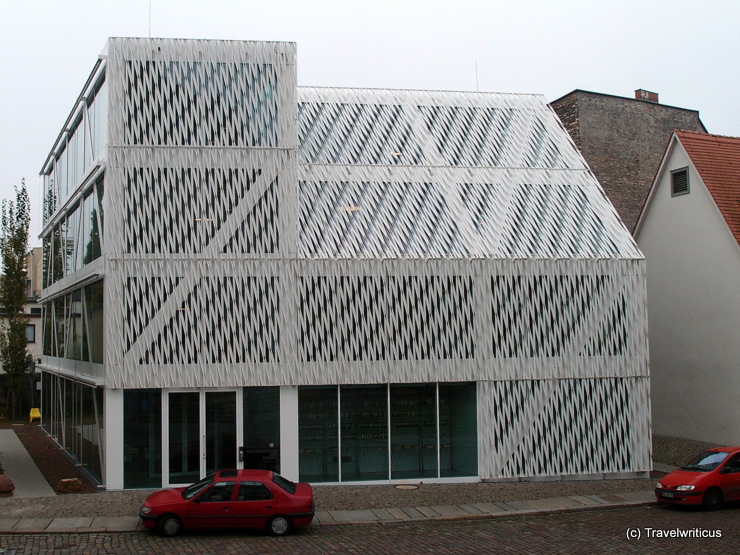
Right next to the buildings of the Francke Foundations I came across this fascinating architecture. It’s the headquarter of the German Federal Cultural Foundation (Kulturstiftung des Bundes). The purpose of this foundation is to promote and fund art and culture within the framework of federal responsibility.

In Rostock, there are a lot of colourful gabled houses to see. It is big fun to walk through the streets and to count how many different gables one discover. Even this gable of a newly built edifice next to the old town hall has something decorative to offer.

The Freihaus of Christoph Weiß was built at the end of the 16th century. The Renaissance building is especially known for its window frames made of diamond-shaped bossages.
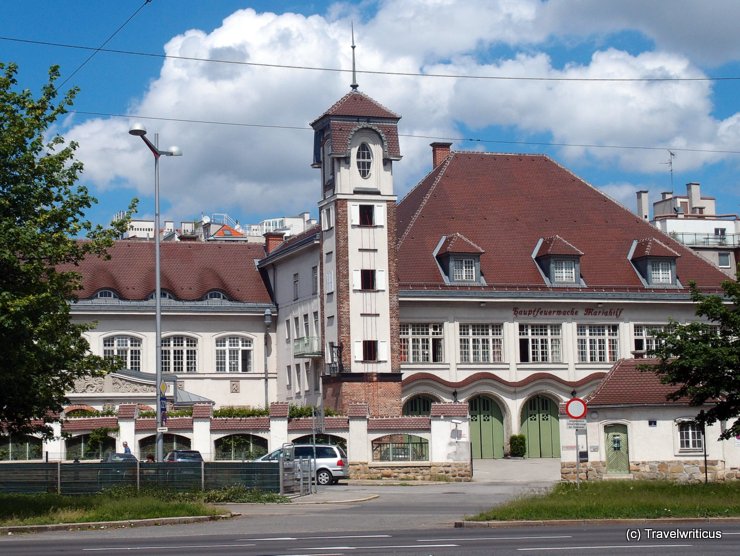
The Hauptfeuerwache Mariahilf (Primary fire station Mariahilf) was built in the years 1912/14. The style is called Heimatstil, the windows are designed in the style of the Wiener Werkstätte. The building is protected as a historic monument.
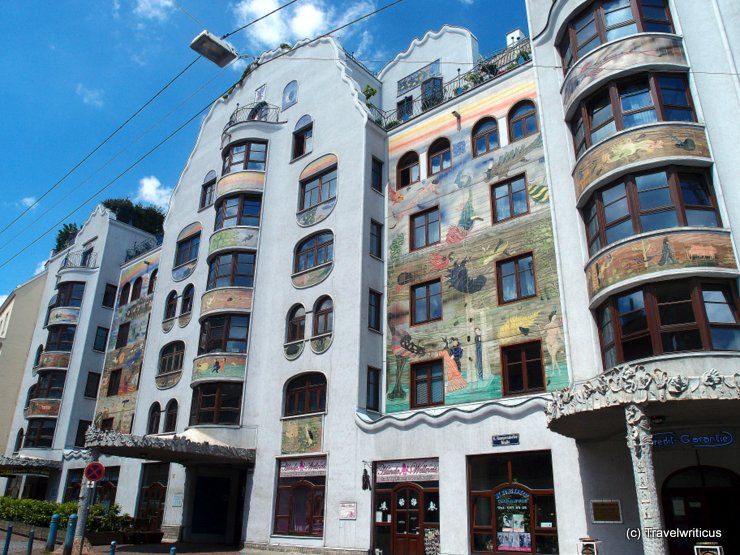
The Arik-Brauer-Haus was built in the years 1991-1994. It was designed in the style of fantastic Realism by the Austrian artist Arik Brauer.